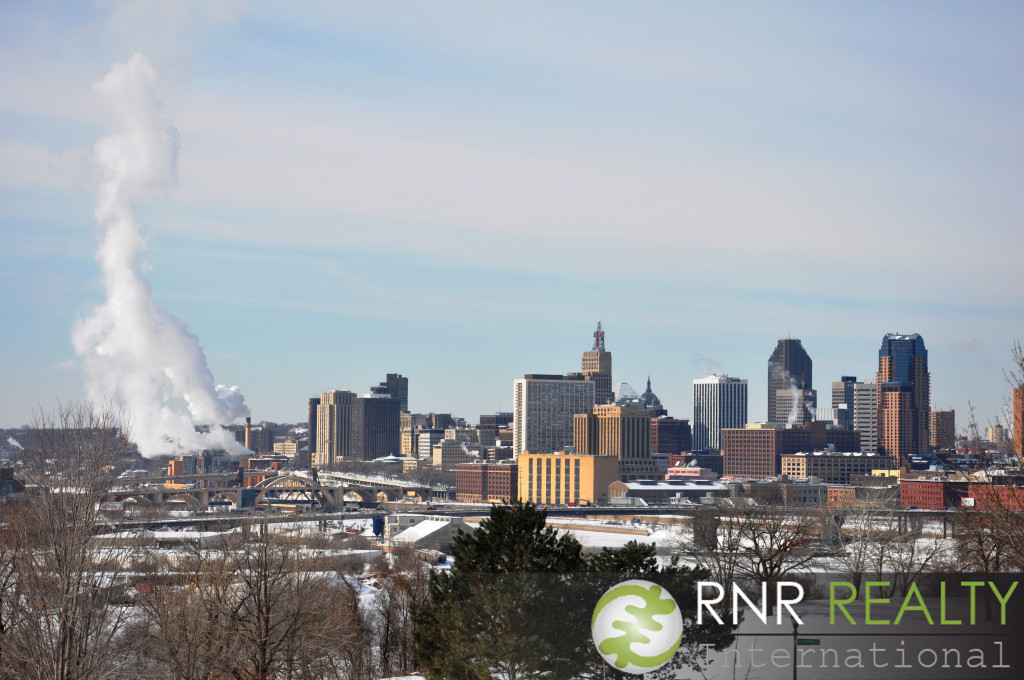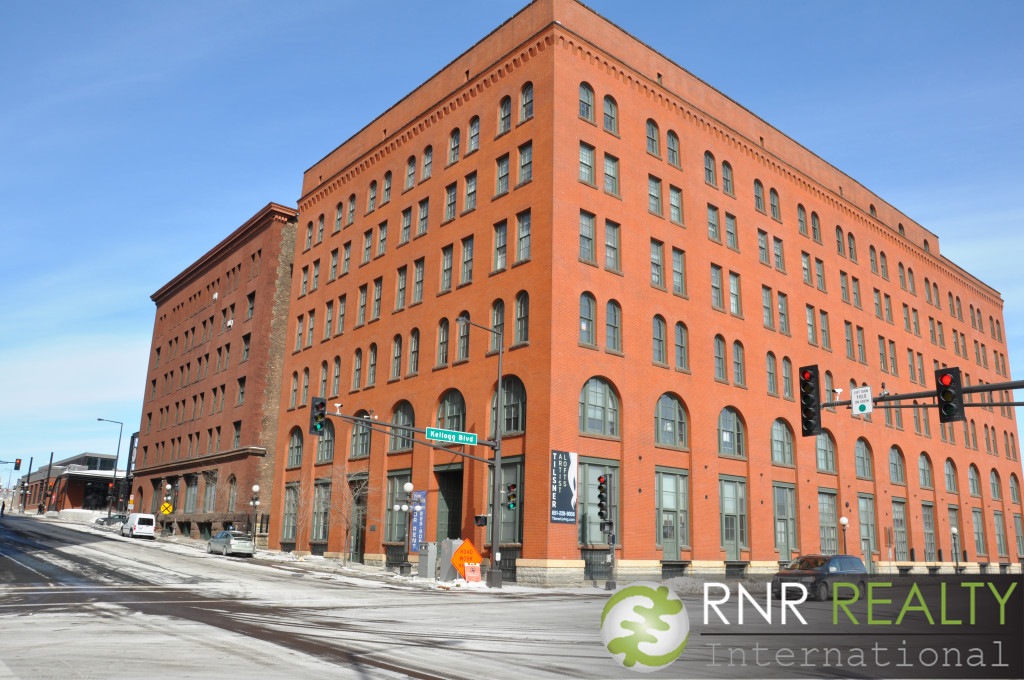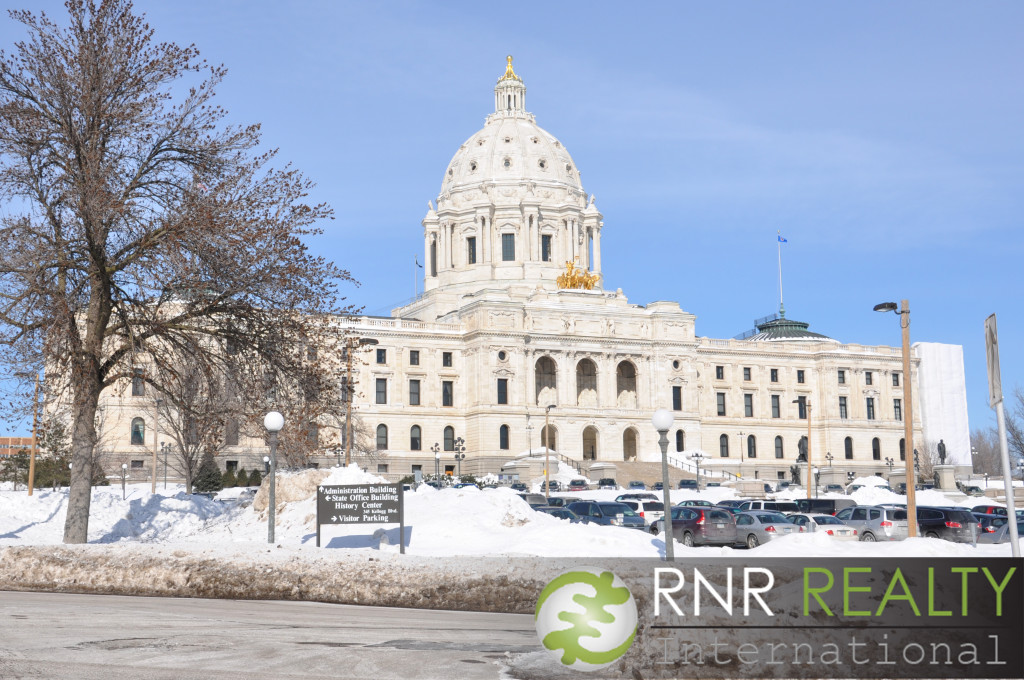
St. Paul’s roots trace back to America’s fur-trading days. Originally known as Pig’s Eye, or Pig’s Eye Landing, the city received the name after French Canadian fur trader turned bootlegger, Pierre “Pig’s Eye” Parrant established a popular tavern there. Parrant had to move his operation from Fort Snelling after military officers banned distillers from the land which the fort controlled, so he moved about five miles downstream to a cave where he found a spring that would allow him to brew alcohol. There he established Pig’s Eye Tavern, which gained popularity.
As Pig’s Eye grew in settlers, travelers, and traders, French priest Father Lucien Galtier established the Log Chapel of Saint Paul (which later became the first location of the Cathedral of Saint Paul). In celebration of the new chapel, and condemnation of Pig’s Eye’s dubious founding, Galtier gave the city a new name: St. Paul.
Today, St. Paul is still known to downtown locals as Pig’s Eye, although it has changed very much since its early beginnings. Many downtown condos and apartments were converted from historical factories, offices or warehouses. The most recent changes have happened in the Lowertown neighborhood of downtown St. Paul (located on the eastern edge), where artists are moving into studios. During the summer in Lowertown, the St. Paul farmers’ market is a popular locale.
Downtown is also home to the state capitol, the Minnesota Wild hockey team and many museums, businesses and restaurants. Last month, St. Paul was voted as the Best Romantic North American Getaway in a poll by USA Today. “St. Paul is so romantic, with the history in the city and the architecture,” said marketing manager for Visit St. Paul Lisa Huber.
The Cathedral of Saint Paul has been a consistent part of that history, and was the location of the Red Bull Crashed Ice even last month. The annual event draws in over 100,000 people, not only from the state of hockey, but from all over the US and Canada to watch heats of four skaters rocket down the 400-meter track full of obstacles.

With so much to do downtown and its continued growth, it’s no wonder why people choose to live within the city. Housing in St. Paul is much less expensive than the equivalent in St. Paul’s sister city, Minneapolis, and it has become a very attractive place to live for urbanites.

















